Published 07/2022
MP4 | Video: h264, 1280×720 | Audio: AAC, 44.1 KHz, 2 Ch
Genre: eLearning | Language: English | Duration: 90 lectures (5h 16m) | Size: 2.14 GB
Intermediate to advanced level RDF, RDFS and SPARQL for knowledge graph development and querying
What you’ll learn
Acquire intermediate to advanced level in RDF & SPARQL, including a full understanding of SPARQL Update for CRUD operations
Apply declarative and automated methods for uplifting an implicit graph vocabulary into an explicit graph schema that utilises RDF Schema (RDFS)
Perform graph management operations and the querying of default and named graphs
Build and query RDF Containers and Collections as instance-level structures for providing unordered and ordered groupings of nodes
Compose federated queries across local and remote databases and performing graph enrichment through query federation and SPARQL Update
Requirements
Basic understanding of knowledge graph technologies
Foundational skills in RDF and SPARQL
A pre-installed RDF graph database, e.g. Blazegraph
Text/code editor, e.g. Notepad++, Visual Studio Code, TextEdit (Mac), Notepad (Windows)
Description
RDF provides us with the graph model to connect data into W3C-compliant graphs and SPARQL enables us to query the information to answer business questions. In the journey to becoming proficient with the technology in order to utilise it beyond the boundaries of ‘pet projects’, proofs of concept and proofs of value, there is a lot more to get to grips with in terms of using the full breadth of RDF for weaving information into multiple graphs and managing these graphs.
This course is intended to help you build on top of your foundational understanding of RDF and SPARQL and get hands-on with intermediate to advanced level concepts and features of RDF and SPARQL. This also requires working with RDF Schema (RDFS) in order to declaratively encode graph schema (ontology) structures.
Therefore, this course will help you achieve your next milestone as a graph data worker who needs to become much more adept at developing and querying Semantic Web-based knowledge graphs.
In this course, you’ll be working with more extensive datasets and issuing SPARQL queries involving mathematical and string operations and customising result outputs. You’ll also harness the true power of SPARQL Update for schema generation (aided with RDFS), graph management, including useful tasks like entity refactoring.
You’ll also learn how to author and efficiently query structures like RDF Containers and Collections and issue SPARQL federated queries to interrogate distributed data sources to gain richer analytics and perform knowledge graph enrichment.
Overall, if you love techy stuff, are a big fan of Semantic Web-based knowledge graph technologies and want to gain a step-change in your skillset, then this is one course not to miss out on!
Who this course is for
Data professionals wishing to acquire a deeper understanding of RDF, RDFS and SPARQL
Data leaders needing to build unparalleled technical expertise in building and managing W3C-compliant knowledge graphs
Information and solution architects on the journey of upskilling from traditional data modelling approaches to representing data following Semantic Web standards
Researchers and academics who are progressing in the field of applied Semantic Web technologies
HOMEPAGE
https://anonymz.com/?https://www.udemy.com/course/practical-rdf-and-sparql/
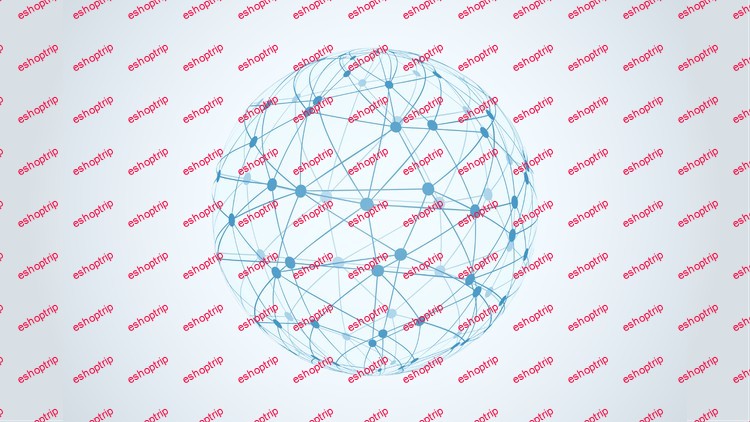



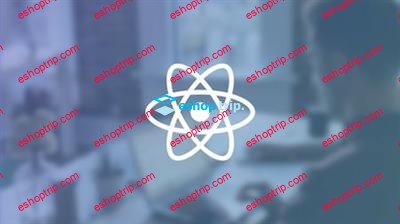
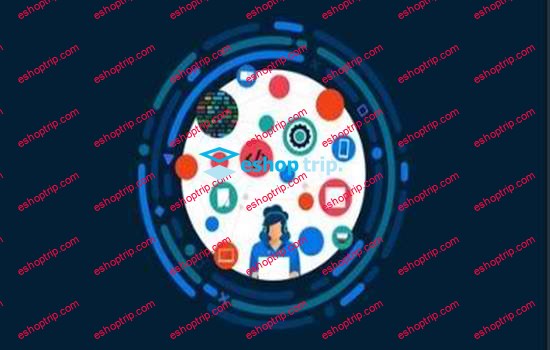

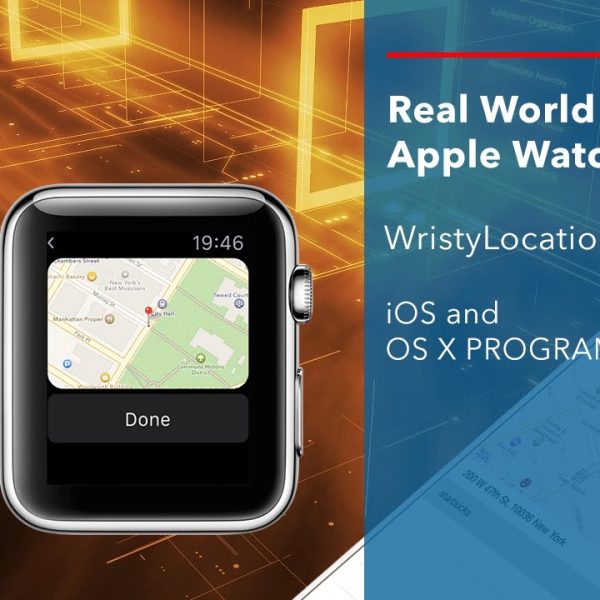
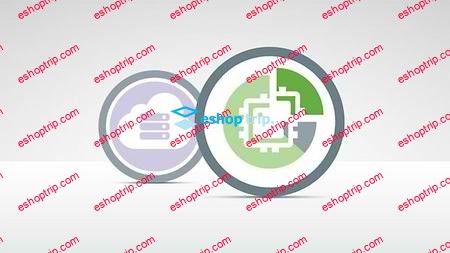

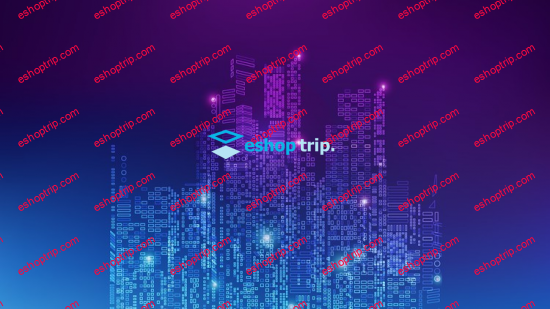
Reviews
There are no reviews yet.